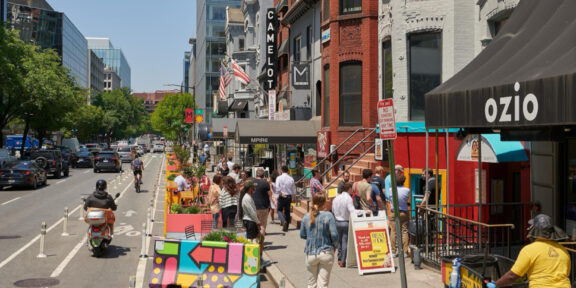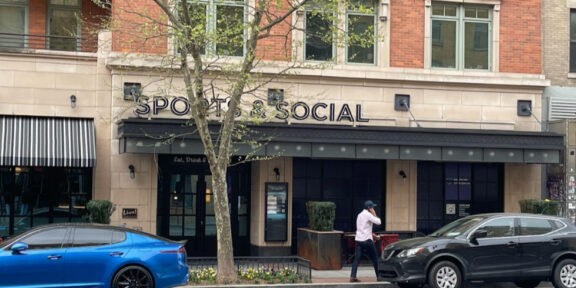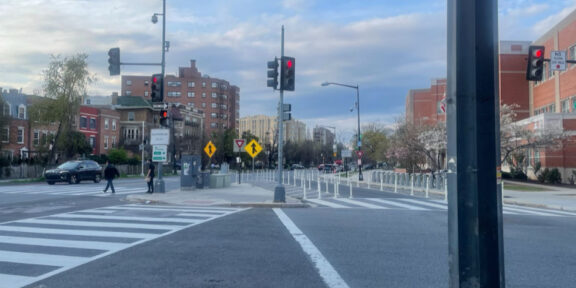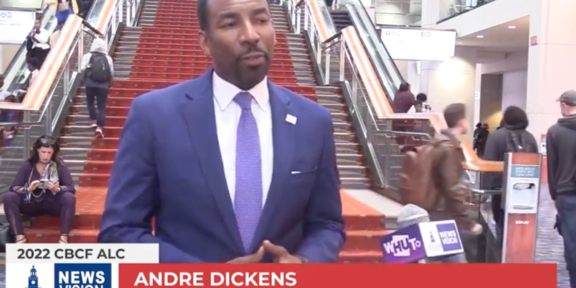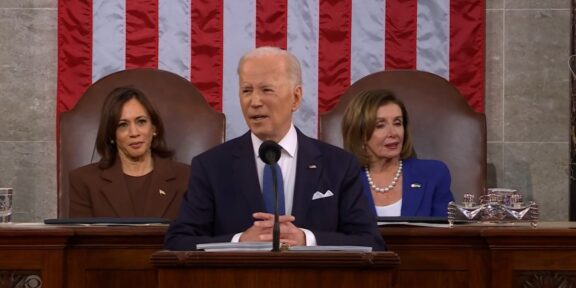By Mekale Seme
A 2023 study by the Urban Institute found that 12 percent of District of Columbia residents, or 82,452 people, are considered housing insecure, a term used to describe individuals with unsafe, unstable and at-risk housing. A significant number of these individuals are Black and Hispanic.
Perry Edon III, a native Washingtonian, lives in the historic Columbia Heights neighborhood in Ward 1 and is a recipient of the District’s Affordable Dwelling Unit (ADU) program, which offers rent-controlled housing below market price.
Receiving an ADU has greatly improved Edon’s life, giving him access to shops like Giant, Target, and the Columbia Heights metro.
“The convenience is everything,” said Edon. “You can get your wardrobe, food, or anything you need right across the street.”
Peter Tatian, a senior fellow and research director at the Urban Institute in Washington, D.C., has studied housing trends across the district for over 20 years.
“Living in D.C. for three decades, you see a lot of changes happening,” said Tatian. “Starting in the late 90s when the city began growing again, it created more demand for housing as more people came into the city.”
The Washington metropolitan area has struggled to cope with the rising population over the years, leaving residents with limited affordable housing options.
“We’ve been struggling to keep pace with those changes both in terms of creating housing for everybody who needs it and trying to preserve what we already have,” said Tatian. “The need is so great that we just don’t have enough to meet that need.”
Columbia Heights and Ward 1 are favored residential areas for students to call home due to their proximity to schools within the area. The commute to school for families living in Edon’s building is short, which is an added safety precautionary measure for parents.
“Some of the best housing is considered the best housing because of the area,” said Edon. “To gatekeep housing from people who really need the convenience is not fair.”
The ADU program is one way the District can address city-wide housing insecurity, but a variety of solutions are needed to combat the issue.
Ward 1 Councilmember Brianne Nadeau advocates for creating and preserving affordable and family-sized housing for low-income and vulnerable families.
Nadeau believes there’s a need for more affordable housing options in Ward 1, primarily when a variety of vacant buildings can be used for affordable housing.
“We must build more affordable housing across the district,” said Nadeau. “When people cannot access affordable housing, they cannot remain in our community and continue contributing their talents, insights and experience.”
Navigating affordable housing in D.C. is a challenge for college students, recent graduates, and individuals relocating for new employment.
George Abalekpor, a Georgetown University senior, is looking to relocate to D.C. for a job after graduation.
He is concerned with the consistent rise in the cost of living and the lack of rent-controlled housing readily available.
“It is really difficult to find rent-controlled housing apartments that also meet basic living requirements,” said Abalekpor. “I’ve also found that there isn’t a lot of accessible information about where to find rent-controlled apartments to begin with.”
Abalekpor is also concerned about rent increases that will occur within the months following graduation, a sentiment shared by many residents and native Washingtonians.
“Having to pay a lot for rent is already tough, but the fact that the best apartments can just increase rent year after year is very daunting,” said Abalekpor.


